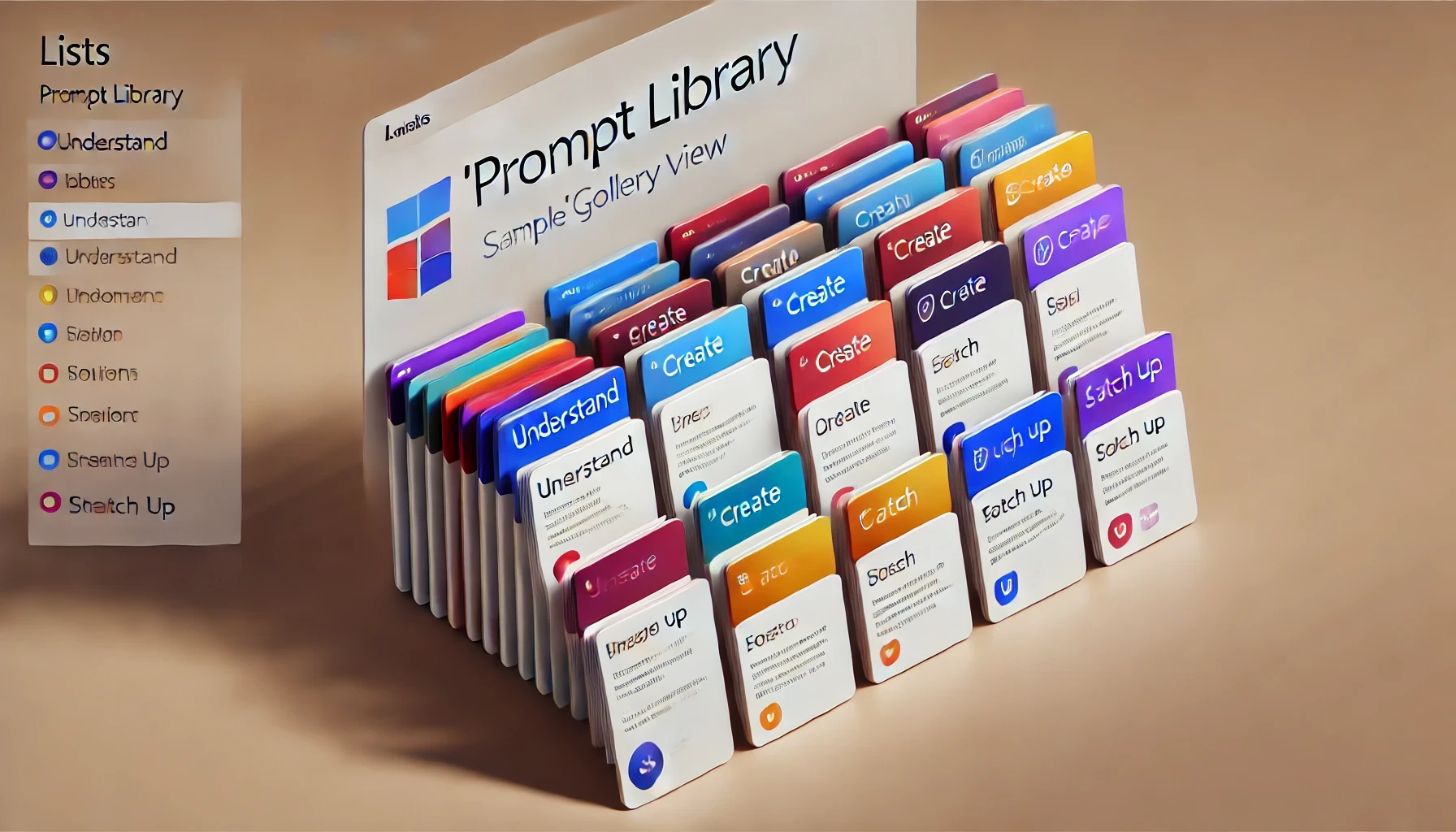SharePoint Agents, the latest extension of Microsoft 365 Copilot, has been creating a lot of buzz, and I couldn’t be more excited about what it means for the future of AI in SharePoint. This blog serves as a SharePoint Agents FAQ, addressing the key highlights and answers from the recent AMA hosted in the Microsoft Tech Community. With over 100 comments, it was one of the most engaging AMA events in a long time, highlighting the growing interest in this technology. After reading through the entire discussion, I’ve pulled out the answers to frequently asked questions to help you get up to speed on this new technology.
What Is the Availability of SharePoint Agents?
Microsoft has not fully rolled out SharePoint agents. However, they plan to make agents in SharePoint fully available by mid-January 2025. If you’re on the targeted release track and have a Microsoft 365 Copilot license, you may already be seeing some of these capabilities as they roll out. Stay updated now so you can fully take advantage of its features as soon as it becomes widely available.
From January 6, 2025, to June 30, 2025, organizations with 50+ Microsoft 365 Copilot licenses will receive 10,000 extra queries per month for SharePoint Agents. This allows users without Copilot licenses to create and use agents.
How Does Advanced Customization Work?

Advanced customization in Copilot Studio is currently in private preview. Meanwhile, Microsoft expects to make it generally available (GA) later in 2025, enabling organizations to customize their SharePoint agents in powerful ways. You will be able to add knowledge from public websites, third-party knowledge bases, and more. Additionally, you can customize conversational workflows to guide how their Copilot answers.
How Are SharePoint Agents Created?
Agents are a .agent file at their core. Members with create and edit permissions at the site or location where the file is saved can create SharePoint agents. Consequently, this setup ensures flexibility and allows those closest to the content to manage and deploy agents effectively.
How Can Access to SharePoint Agents Be Restricted?
Restricted Content Discovery, available through SharePoint Advanced Management, allows organizations to restrict access to agent capabilities. Flagging a site with restricted content discovery removes user access to agents on that site. This approach helps maintain control and protect sensitive content. Learn more in Microsoft’s documentation: Manage access to agents in SharePoint.
What Are the Knowledge Source Limits?
You can include up to 20 items as knowledge sources. Moreover, these items can be sites, document libraries, folders, or files. The system uses subfolders and files within these items as sources but does not count them toward the 20-item limit. For example, you can select 20 folders, and every file or folder within those folders will be included as a source without exceeding the limit. If you need more than 20 sources, then you can nest data at a higher level and source the agent to that level. For example:
- 20 files
- 20 sites
- 20 folders (each folder can contain as many files as needed)
- 10 files + 10 sites
- 4 folders + 16 files
This flexibility allows for varied configurations. For best results, ground the agent on a scoped, curated amount of data that is accurate, complete, and unique. This approach enhances the relevance and accuracy of responses.
What File Types Are Currently Supported as Knowledge Sources?
Currently, the following file types are supported:
- Office documents: DOC, DOCX, PPT, PPTX, XLSX
- New Microsoft 365 formats: FLUID, LOOP
- Universal formats: PDF, TXT, RTF
- Web files: ASPX, HTM, HTML
- OpenDocument formats: ODT, ODP
Microsoft plans to add support for additional file formats soon, including:
- Images
- Meeting recordings and other videos
- OneNote notebooks
Are SharePoint Agents Only Available from SharePoint?
SharePoint agents are currently available from SharePoint. Once you create an agent, you can share it within Microsoft Teams chats and interact with it by @ mentioning the agent by name.
Can the SharePoint Agent Search Across a Hub?
SharePoint agents cannot search across a hub yet; you must enter sites individually. However, Microsoft plans to introduce this capability later this year, expanding the potential functionality for users.
What Are Some Effective Use Cases for SharePoint Agents?
Agents in SharePoint have a wide range of applications across different departments; for instance, they can significantly benefit Customer Service, HR, and legal teams. For example:
- Customer Services: Customer Service teams can lower their average resolution time by having an agent curated on specific documentation get precise answers quickly and efficiently.
- Human Resources: HR teams can reduce onboarding and general support times by creating agents dedicated to common topics like leave policies, learning resources, and career development.
- Legal Departments: Legal teams can use agents to field employee questions about compliance or to review documents for appropriate verbiage.
For more details on effective use cases for SharePoint agents, check out these resources:
What Are the Best Practices for Using SharePoint Agents?
To get the most out of SharePoint agents, it’s essential to ground them in highly curated, accurate, complete, and unique content. The quality of the responses your agent provides is directly tied to the quality of the content it’s referencing. Thoughtful curation is key. For best results, it’s recommended to cap your source items at 20.
Leverage Teams to broaden interaction by sharing your agent in Teams chats. Encourage team members to @ mention the agent by name to interact with it seamlessly.
Regularly update your knowledge sources to ensure the content remains accurate and relevant. Furthermore, stale or outdated content leads to less effective responses.
Gather feedback from users interacting with the agent. This can help refine the agent’s knowledge sources and ensure it continues to meet the needs of the organization.
Stay informed about upcoming functionalities like hub-wide search. These features, expected later this year, can significantly enhance intranet and knowledge hub scenarios. As a result, they will make your agents even more impactful.
When considering the scope of your agent, it’s best to start small with targeted use cases, such as Customer Service, HR, or legal applications. Then, expand over time as you evaluate its effectiveness.
Why Is SharePoint Agents Generating So Much Buzz?
For me, the excitement around SharePoint agents comes from its potential to revolutionize how we work. By integrating seamlessly with SharePoint, this technology can streamline workflows, boost productivity, and give users a more dynamic way to interact with content. As part of the broader Microsoft Copilot ecosystem, SharePoint agents is another step toward transforming the modern workplace.
Wrapping Up: SharePoint Agents and What’s Next
The SharePoint agents AMA offered some great insights into this exciting new technology. From availability to advanced customization, permissions, and best practices, this SharePoint Agents FAQ shows there’s so much to look forward to. Furthermore, these advancements will help organizations transform how they interact with content. Therefore, now is the perfect time to explore what agents in SharePoint can do and prepare your content for AI-driven interactions.
I’d love to hear your thoughts! What excites you most about SharePoint agents? Drop a comment or reach out if you’d like to chat about how this technology can enhance your organization.



Leave a Reply